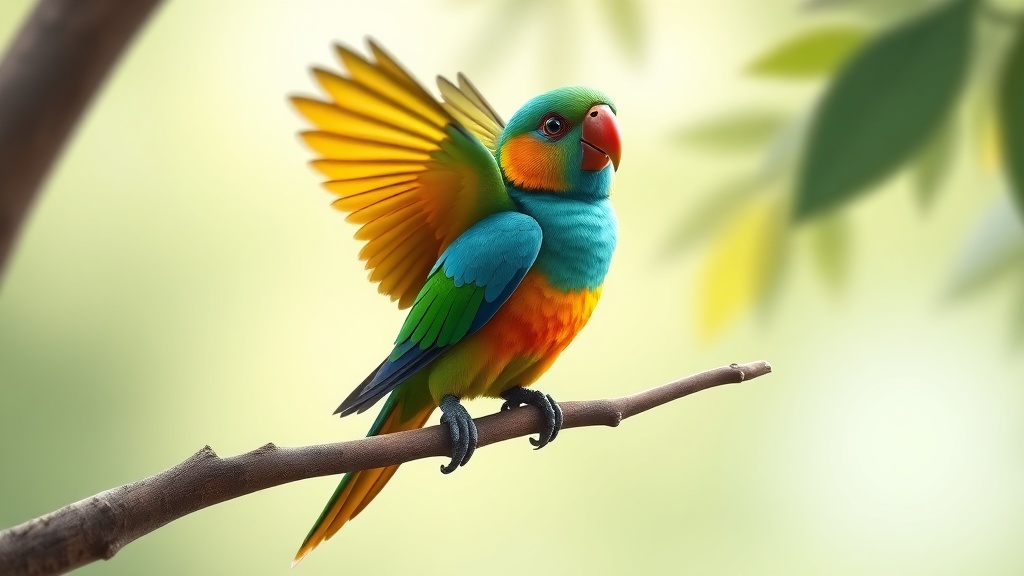Home / Environment / Swift Parrot Snatches Australian Bird of the Year 2025 Title in Dramatic Finish
Swift Parrot Snatches Australian Bird of the Year 2025 Title in Dramatic Finish
15 Oct
Summary
- Tawny frogmouth has placed second in past three competitions
- Baudin's black cockatoo, a newcomer, lands in second place
- Swift parrot wins title after last-minute surge in final voting

On Thursday, the winner of the 2025 Australian Bird of the Year poll will be crowned. Bird enthusiasts can tune in to a live stream to witness the announcement between 12:30 pm and 1:30 pm AEDT.
The tawny frogmouth, a beloved species, has consistently placed second in the past three biennial competitions. In the final stages of the 2023 poll, it even led the vote, but the swift parrot ultimately soared past it on the final day to claim the title.
This year, a newcomer to the poll, the Baudin's black cockatoo, has surprisingly landed in second place. This dark-feathered, white-cheeked bird with a distinctive call is endemic to Western Australia's southwest and faces growing conservation concerns due to planned bauxite mining expansions in its native habitat.
In third place is the gang-gang cockatoo, a fan favorite known for its creaky door-like call. It has placed third in the past two competitions as well.
The 2025 champion will join the ranks of previous winners, including the Australian magpie, the black-throated finch, the superb fairy-wren, and the swift parrot.



